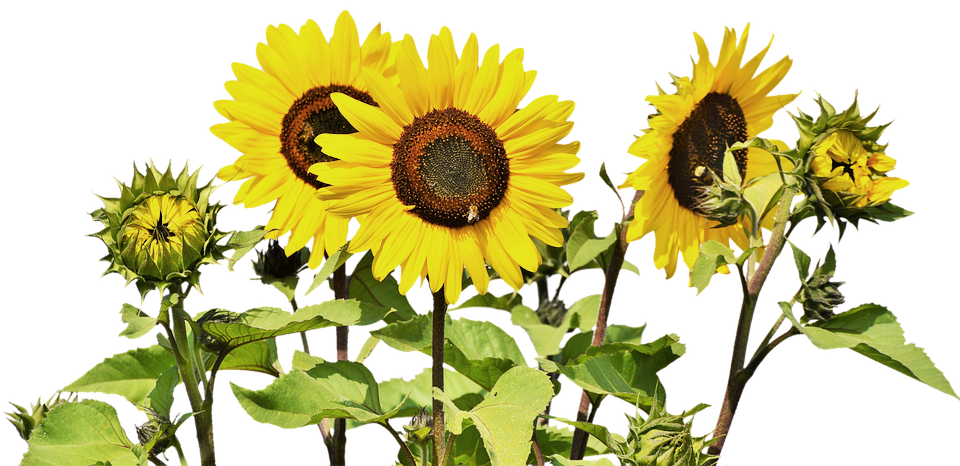
Top 7 Fragrant Plants to Add to Your Garden
By Chris Edmunds
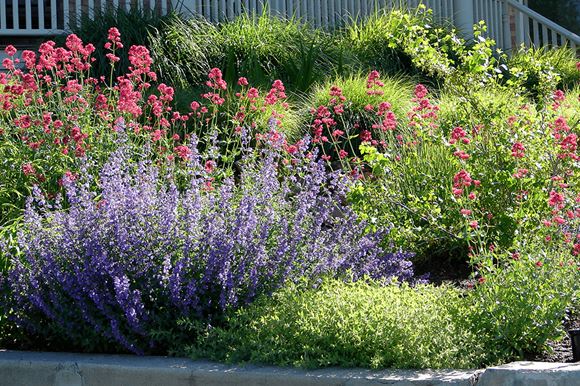
Are you hoping to plant a garden that’s not only visually appealing but also deliciously fragrant? Whether you’re looking to add a fragrant plant to your garden for the first time or are looking for the perfect scented perennial that will come back again and again, read on to discover our top picks.
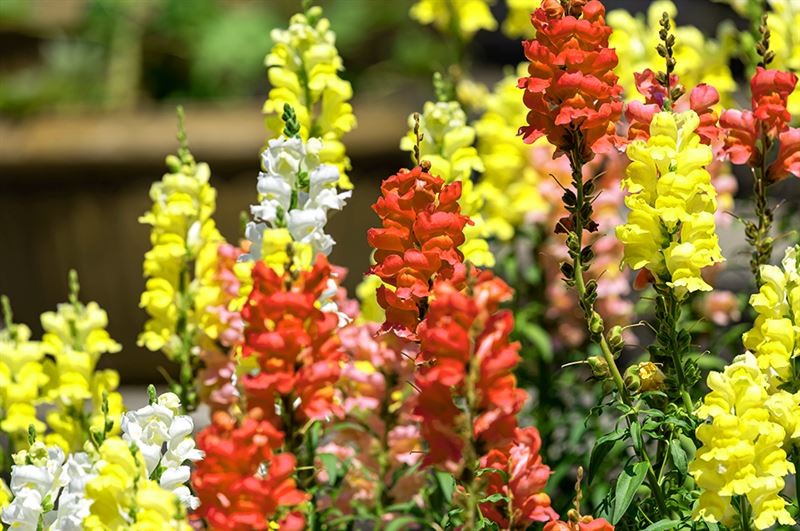 1. Summer Snapdragon
1. Summer Snapdragon
The flowers of this annual give off a light and fruity scent-—some people say it closely resembles apples!—which makes it an excellent choice for a beginner gardener who is just branching out into fragrant plants. Hummingbirds and butterflies, on the other hand, will make special guest appearances all summer long! The summer snapdragon typically has green foliage and indigo, white, or rose-colored blooms that will last for the entire summer and even into the fall. Another perk of this plant is that it also makes a wonderful cut flower, so you can enjoy its scent inside your home as well as outside! This plant is very heat-tolerant and thrives in either full sun or partial shade.
2. Sweet Alyssum
This fragrant plant produces teeny-tiny flowers against a carpet of blue-green foliage. Alyssum flowers will be shades of white, lavender, or pink and give off a pleasing scent of warm honey. They often bloom into early summer and then again in the fall when the weather starts to cool, providing interest to gardens even late in the season. This plant tends to grow only 6 inches high with a spread of 6-9 inches making it a great addition to containers, or they can be used as border plants or groundcovers.
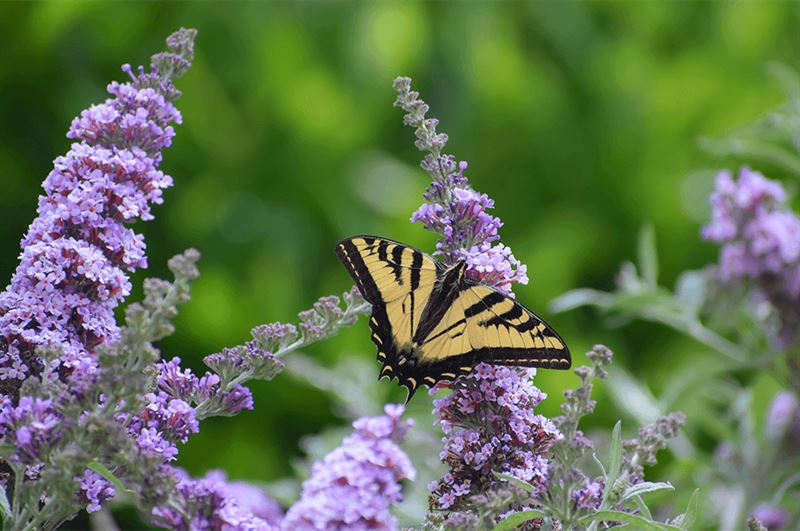
3. Dwarf Butterfly Bush
This lovely perennial gives off a light, pleasing honey scent and, as the name suggests, is very attractive to butterflies. If you have a smaller garden space, the dwarf butterfly bush is a perfect choice for enjoying a little fragrance, a pop of color, and the company of pollinators. The flowers bloom in shades of white, purple, pink, and deep violet, while the foliage is a handsome silver-green. Dwarf butterfly bush will grow to a height of 30-40 inches with a spread of 30-36 inches and is both heat- and drought-resistant. This plant grows well in hardiness zones 5-9.
4. Lavender
Another plant famous for its essential oils, lavender is also one of the strongest-smelling fragrant plants, so be sure you really like the scent first before committing to planting this perennial! This plant can be easily pruned, and the options for using the gorgeous purple flowers—including drying them to make into potpourri or long-lasting arrangements—are endless! An added bonus is that lavender attracts butterflies, so you can enjoy the benefit of watching beautiful pollinators fluttering around your garden. Lavender can grow to a height of 12-24 inches with a spread of 14-18 inches; be sure to plant in full to partial sun in soil with good drainage.
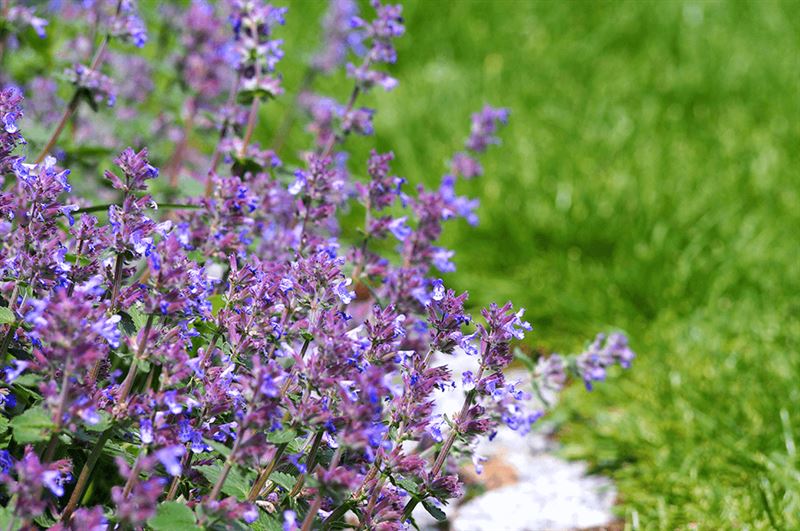
5. Catmint
Although this perennial does have a subtle mint scent, the aroma has also been described as spicy and sage-like. This could be a great option if you crave plants with a light, fresh scent rather than a heavier fragrance like lavender. The long-lasting flowers are typically a beautiful periwinkle blue color, which is relatively hard to find in nature. The plant naturally deters garden pests, but butterflies, hummingbirds, and bees absolutely love it! Catmint grows vigorously and comes in a range of sizes; some are low growing while others can reach heights of up to 24-36 inches. It is heat tolerant and does best being planted in either full or partial sun.
6. Nemesia
Another stunning annual, Nemisia is a fragrant plant that also provides exceptional color all growing season long. At Kaw Valley, we grow ‘Blue Bird’ and ‘Aromance Pink’ —both of which make excellent additions to any garden. Nemesia is a wonderfully low-maintenance plant, making it a favorite among gardeners. It produces so many flowers that it nearly obscures its dainty green foliage completely. The flowers fill the air with a delicious fragrance that’s light and sweet like vanilla instantly transforming your garden into a sensational haven. Nemesia can grow up to 10-14 inches high with a spread of 10-14 inches ; this fragrant plant tends to mound as it grows making it a great addition to containers or hanging baskets!
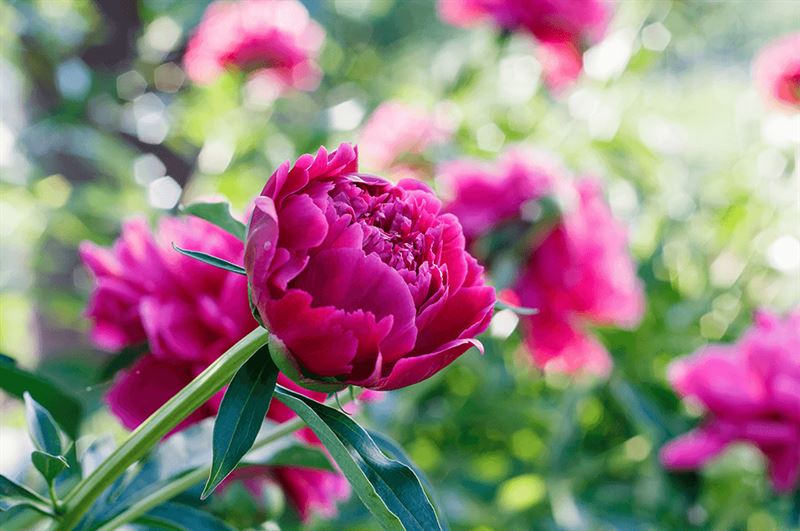
7. Peony
Peony is an ever-popular large flowering perennial, and it’s clear to see why. While peonies are known for their massive, stunning flowers, many varieties are also loved for their scent. Not all peonies smell the same, however; some might be sweet-smelling, similar to a rose, others are spicier and more citrus-like, and some aren’t scented at all. It is typically the double blossoms that are most aromatic, and they come in varying shades of white or pink, which make excellent cut flowers for arrangements! You can enjoy these big, beautiful blooms without having to fear rabbits or deer dining on them as they are naturally repellant to garden pests. Peonies bloom in late spring to early summer for a duration of about two weeks and should be planted in either full or partial sun in our hardiness zone.
Whether you want to add a bold fragrance like lavender to your garden or something a little more subtle like the peony, adding fragrant plants is a game-changer in the garden! Smelling natural floral scents has been known to increase our happiness and overall well-being, plus it will be sure to make you appreciate your yard even more than you did before. Stop by your nearest Kaw Valley Greenhouses location to stock up this spring!

